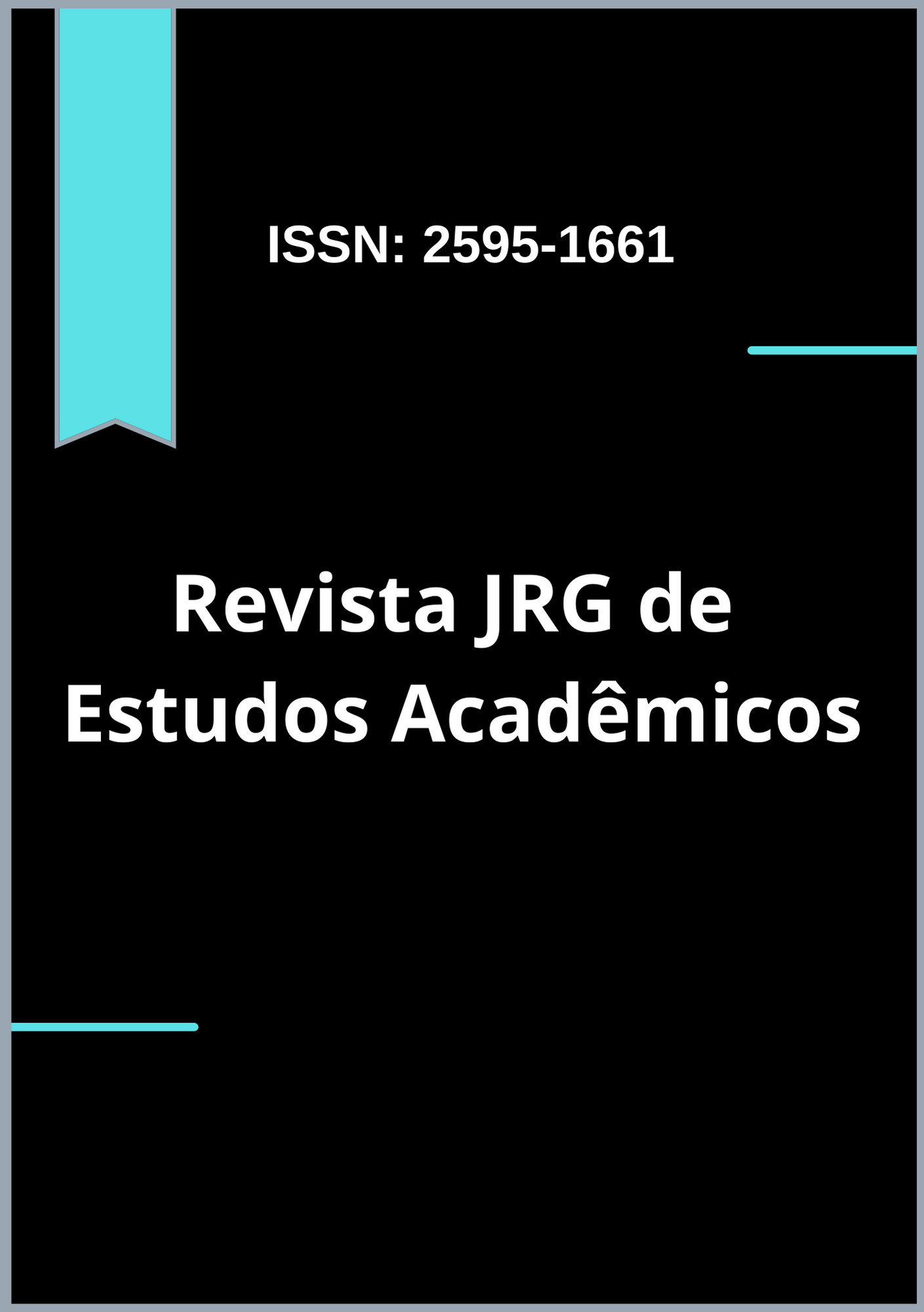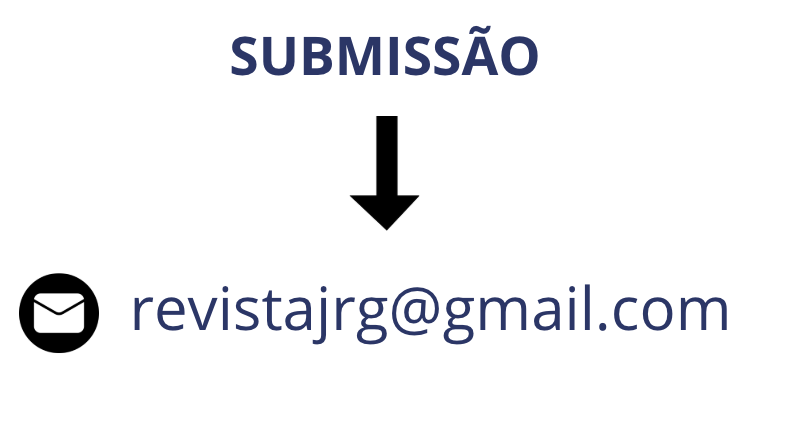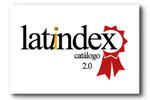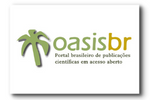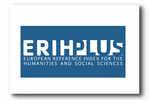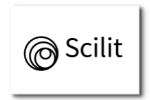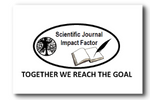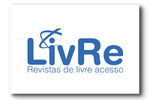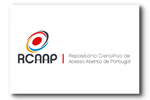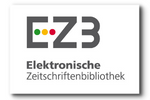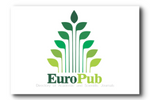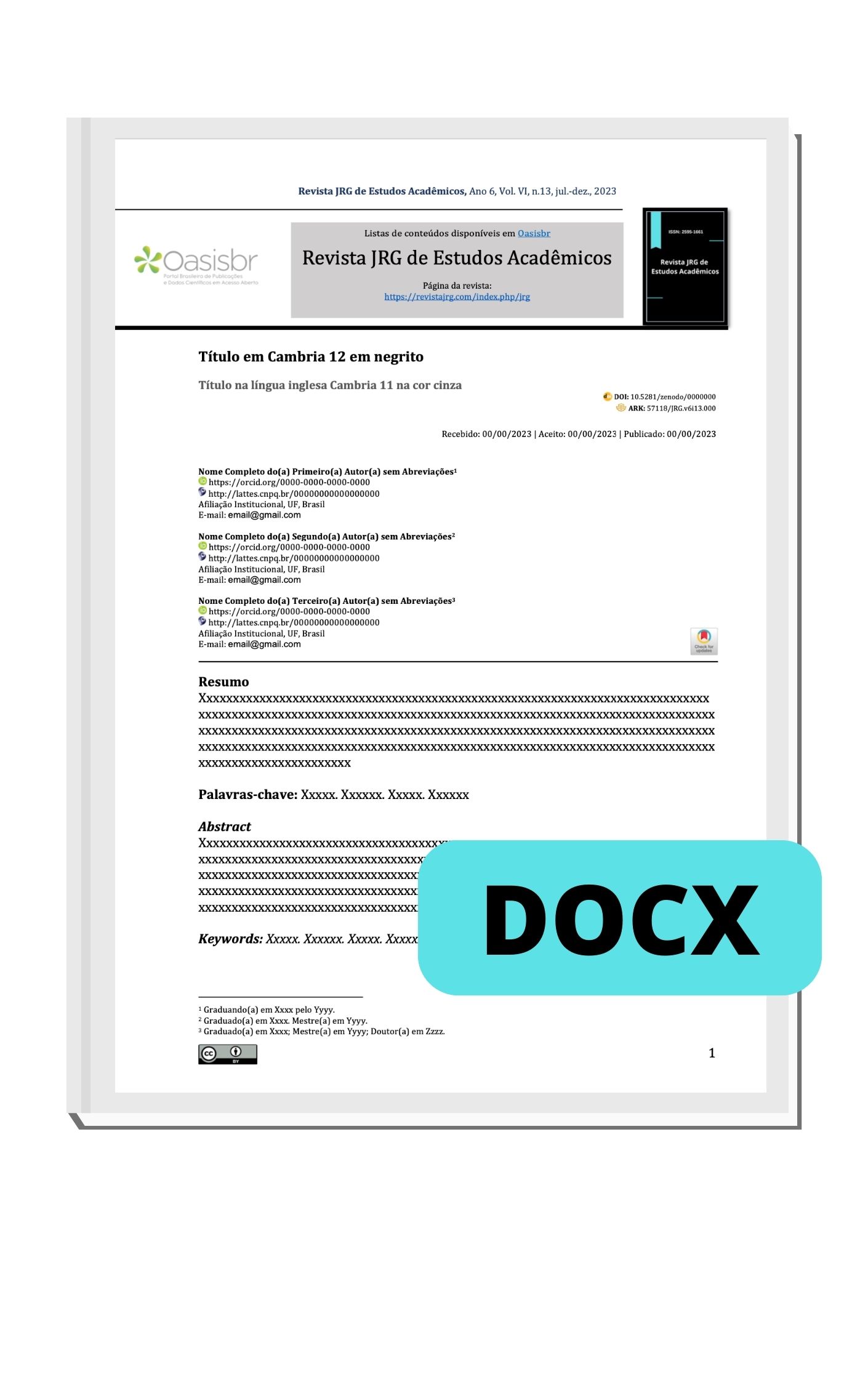Breaking bad news in the context of neonatal death: synthesis of evidence from an integrative review
DOI:
https://doi.org/10.55892/jrg.v8i19.2387Keywords:
Neonatal death. Breaking bad news. Health humanization.Perinatal grief. Healthcare professionalsAbstract
Neonatal mortality remains one of the major global health challenges, accounting for nearly half of deaths among children under five years of age. In this context, communicating neonatal death is an ethical, relational, and humanized process that directly affects both parental grieving and healthcare professionals’ well-being. This study aimed to analyze, through an integrative review, the strategies used by healthcare professionals in delivering news of neonatal death, highlighting humanizing practices, recurrent weaknesses, and emotional impacts. The review was conducted in March 2025 in PubMed, LILACS, SciELO, BDENF, and CINAHL, using DeCS/MeSH descriptors, and included studies published between 2015 and 2025 in Portuguese, English, and Spanish. From 742 initially retrieved articles, six met the inclusion criteria, carried out in Brazil, the United Kingdom, Belgium, and India. The analysis revealed three main axes: humanized strategies, such as acknowledging parenthood and offering farewell opportunities; structural and training barriers, including lack of formal preparation, inadequate settings, and absence of post-death support; and emotional impacts on professionals, who reported psychological suffering and overload, fitting the “second victim” perspective. Structured protocols like SPIKES proved relevant but are still incompletely applied. In conclusion, communicating neonatal death is a critical act of care, and its qualification requires investments in formal training, development of institutional protocols, and implementation of public policies that guarantee comprehensive and humanized support for both families and healthcare teams.
Downloads
References
ALVES, R. C.; FARIAS, C. C.; SILVA, L. R. Comunicação de más notícias em neonatologia: desafios e perspectivas. Revista Brasileira de Enfermagem, Brasília, v. 76, n. 2, e20220234, 2023. Disponível em: https://doi.org/10.1590/0034-7167-2022-0234. Acesso em: 15 abr. 2025.
AMERICAN ACADEMY OF PEDIATRICS. Supporting families after stillbirth and neonatal death. Pediatrics, v. 152, n. 1, e2022059312, 2023. Disponível em: https://doi.org/10.1542/peds.2022-059312. Acesso em: 12 abr. 2025.
AMERICAN COLLEGE OF OBSTETRICIANS AND GYNECOLOGISTS. Perinatal loss. ACOG Committee Opinion No. 786. Obstetrics & Gynecology, v. 134, n. 5, p. e128–e134, 2019. Disponível em: https://doi.org/10.1097/AOG.0000000000003497. Acesso em: 14 abr. 2025.
AMERICAN PSYCHOLOGICAL ASSOCIATION. Publication manual of the American Psychological Association. 7. ed. Washington, DC: APA, 2020.
BAILE, W. F. et al. SPIKES—A six-step protocol for delivering bad news. The Oncologist, v. 5, n. 4, p. 302–311, 2000. Disponível em: https://doi.org/10.1634/theoncologist.5-4-302. Acesso em: 18 abr. 2025.
BRAUN, V.; CLARKE, V. Using thematic analysis in psychology. Qualitative Research in Psychology, v. 3, n. 2, p. 77–101, 2006. Disponível em: https://doi.org/10.1191/1478088706qp063oa. Acesso em: 16 abr. 2025.
CAMILO, C. A.; GONÇALVES, R. M.; SANTOS, M. E. Impacto emocional da comunicação de óbitos neonatais na equipe de enfermagem. Escola Anna Nery, v. 26, n. 4, e20210329, 2022. Disponível em: https://doi.org/10.1590/2177-9465-EAN-2021-0329. Acesso em: 17 abr. 2025.
CRITICAL APPRAISAL SKILLS PROGRAMME. CASP qualitative checklist. 2018. Disponível em: https://casp-uk.net/casp-tools-checklists/. Acesso em: 19 abr. 2025.
DAS, S. et al. Breaking bad news in neonatal intensive care units: Experiences of residents in India. Indian Pediatrics, v. 58, n. 7, p. 639–642, 2021. Disponível em: https://doi.org/10.1007/s13312-021-2243-2. Acesso em: 13 abr. 2025.
DE ALENCAR AZEVEDO, T. B.; ROCHA, A. S. O luto silenciado: implicações psicológicas das perdas não reconhecidas. Psicologia e Saúde em Debate, v. 11, n. 2, p. 82–92, 2025. Disponível em: https://doi.org/10.22289/2446-922X.V11A2A5. Acesso em: 20 abr. 2025.
JANSENS, R.; POHLKAMP, L.; PERSSON, C. Parents’ experiences of perinatal bereavement care in Sweden: A qualitative study. Women and Birth, v. 37, n. 1, p. 82–90, 2024. Disponível em: https://doi.org/10.1016/j.wombi.2023.04.006. Acesso em: 11 abr. 2025.
KOCHEN, E. M. et al. Care after stillbirth and neonatal death: A systematic review of international guidelines. Acta Obstetricia et Gynecologica Scandinavica, v. 99, n. 6, p. 692–708, 2020.
MENDES, K. D. S.; SILVEIRA, R. C. C. P.; GALVÃO, C. M. Revisão integrativa: método de pesquisa para a incorporação de evidências na saúde e na enfermagem. Texto & Contexto – Enfermagem, v. 17, n. 4, p. 758–764, 2008. Disponível em: https://doi.org/10.1590/S0104-07072008000400018. Acesso em: 21 abr. 2025.
MINISTÉRIO DA SAÚDE. Saúde Brasil 2022: mortalidade infantil e neonatal. Brasília: MS, 2022.
NATIONAL HEALTH SERVICE. National Bereavement Care Pathway (NBCP): Standards for professionals. 2018. Disponível em: https://www.nbcpathway.org.uk/. Acesso em: 22 abr. 2025.
OUZZANI, M. et al. Rayyan—a web and mobile app for systematic reviews. Systematic Reviews, v. 5, n. 1, p. 210, 2016. Disponível em: https://doi.org/10.1186/s13643-016-0384-4. Acesso em: 23 abr. 2025.
PAGE, M. J. et al. The PRISMA 2020 statement: an updated guideline for reporting systematic reviews. BMJ, v. 372, n71, 2021. Disponível em: https://doi.org/10.1136/bmj.n71. Acesso em: 24 abr. 2025.
PEREIRA, L. B.; SILVA, D. A.; RODRIGUES, P. H. Comunicação da morte neonatal: vivências de mães brasileiras. Revista da Escola de Enfermagem da USP, v. 52, e03325, 2018. Disponível em: https://doi.org/10.1590/S1980-220X2017022203325. Acesso em: 25 abr. 2025.
PETERS, M. D. J. et al. Chapter 11: Scoping reviews (2020 version). In: AROMATARIS, E.; MUNN, Z. (Ed.). JBI Manual for Evidence Synthesis. JBI, 2020. Disponível em: https://doi.org/10.46658/JBIMES-20-12. Acesso em: 26 abr. 2025.
REDSHAW, M.; ROWE, R.; HENDERSON, J. Listening to parents after stillbirth or the death of their baby after birth. Health Services and Delivery Research, v. 9, n. 21, 2021. Disponível em: https://doi.org/10.3310/hsdr09210. Acesso em: 27 abr. 2025.
VON ELM, E. et al. The Strengthening the Reporting of Observational Studies in Epidemiology (STROBE) statement: Guidelines for reporting observational studies. PLoS Medicine, v. 4, n. 10, e296, 2007. Disponível em: https://doi.org/10.1371/journal.pmed.0040296. Acesso em: 28 abr. 2025.
WORLD HEALTH ORGANIZATION. Newborn mortality. 2023. Disponível em: https://www.who.int/data/gho/data/themes/topics/topic-details/GHO/child-mortality-and-causes-of-death. Acesso em: 29 abr. 2025.
WU, A. W. Medical error: The second victim. BMJ, v. 320, n. 7237, p. 726–727, 2000.
